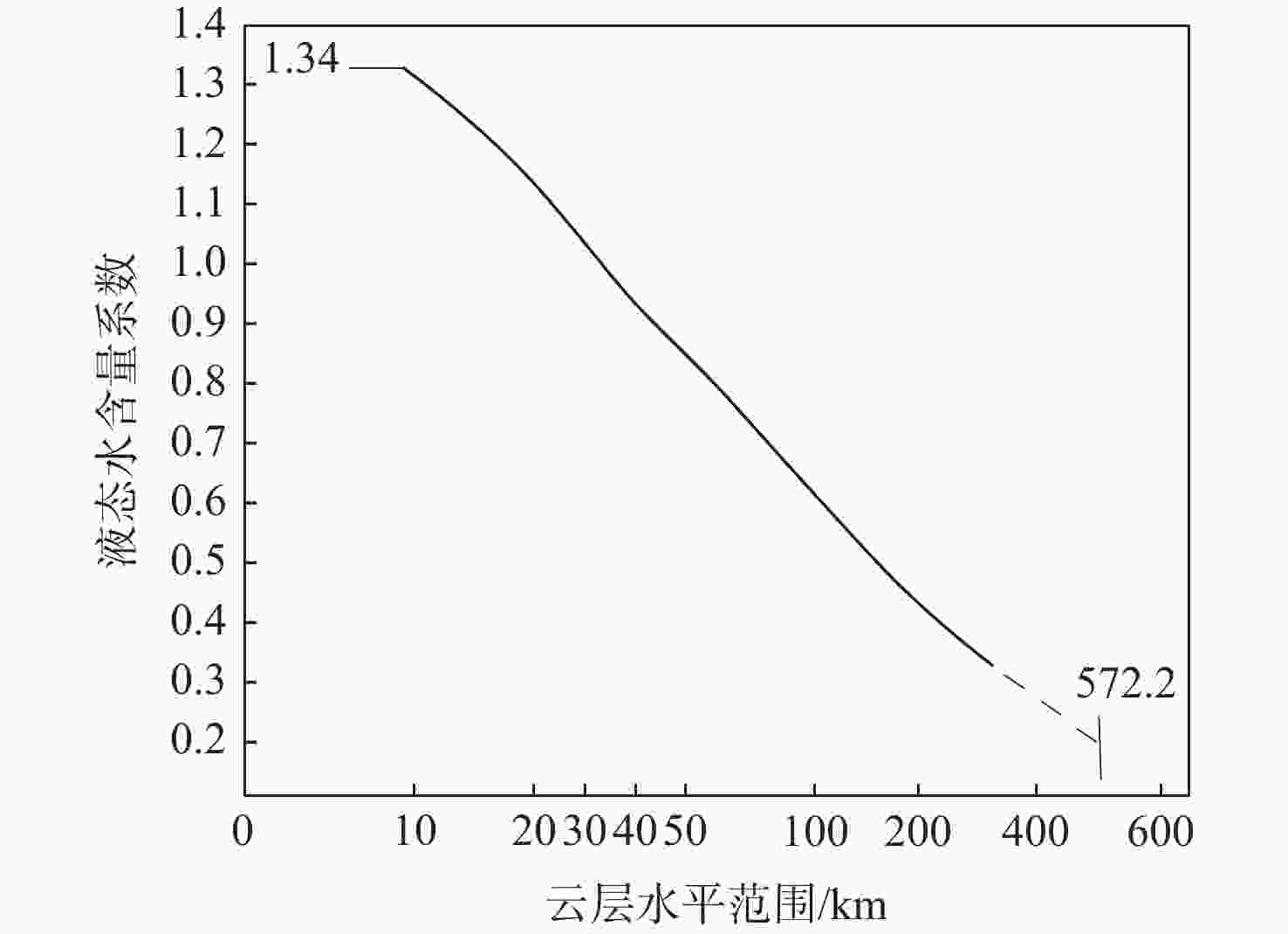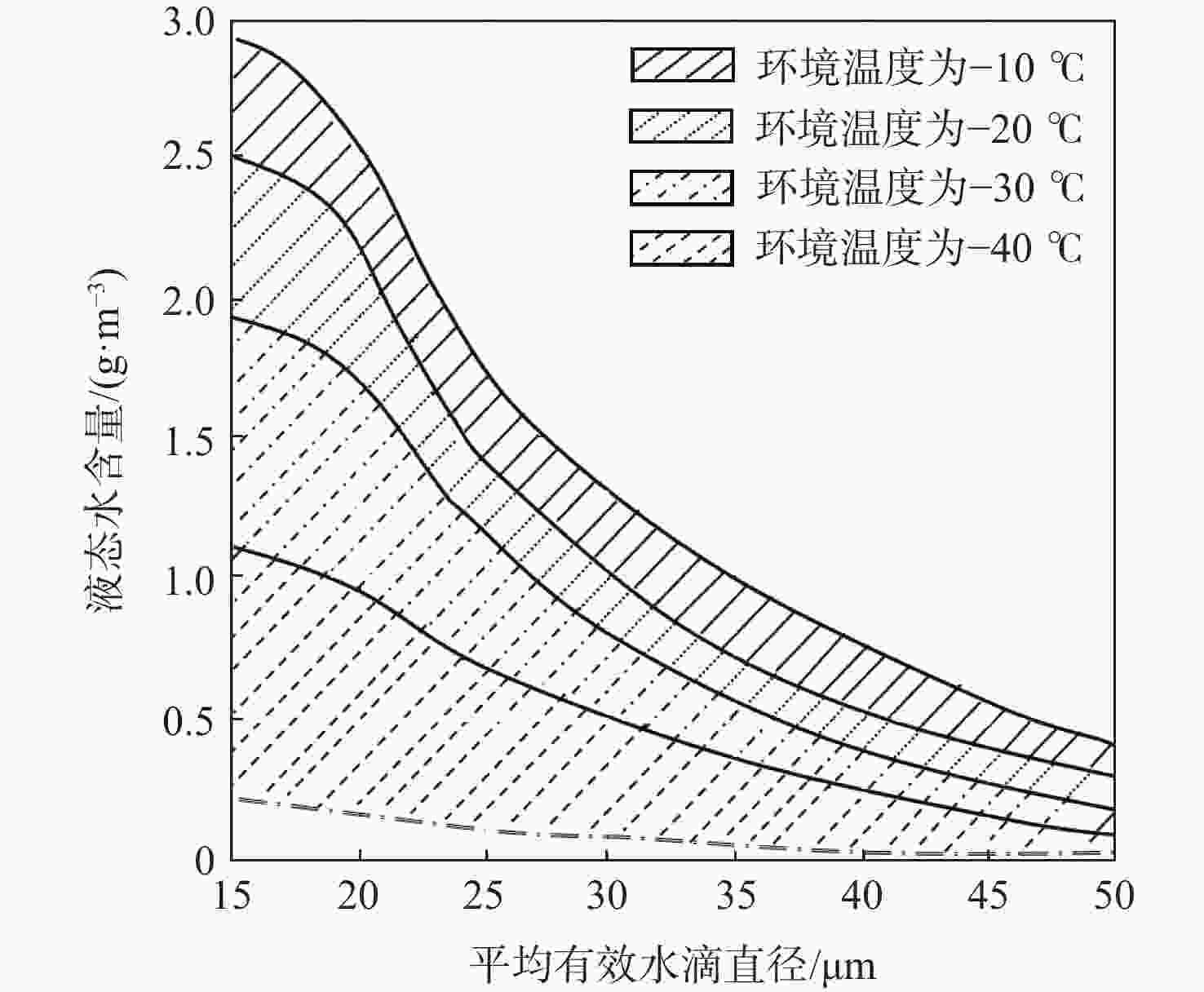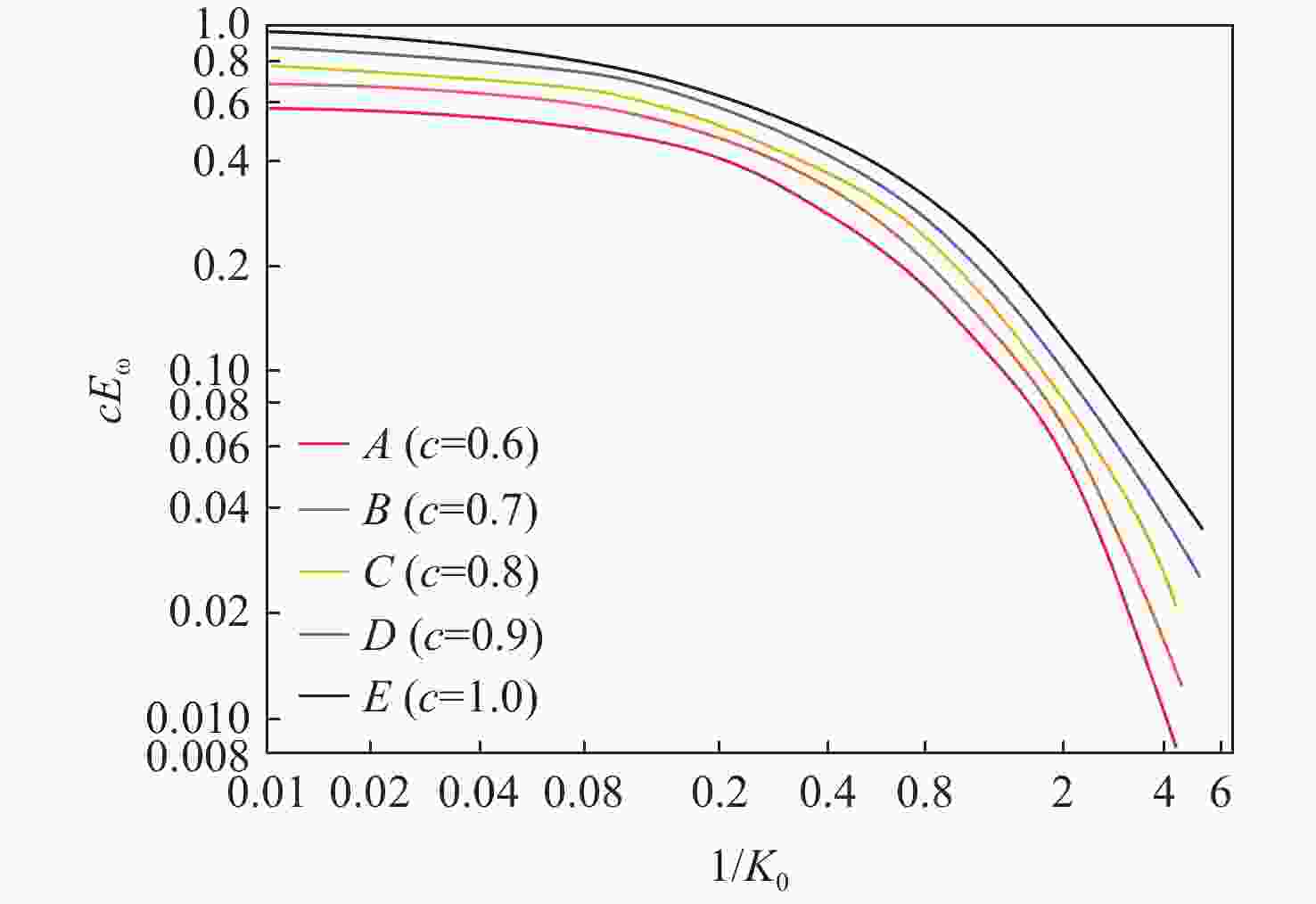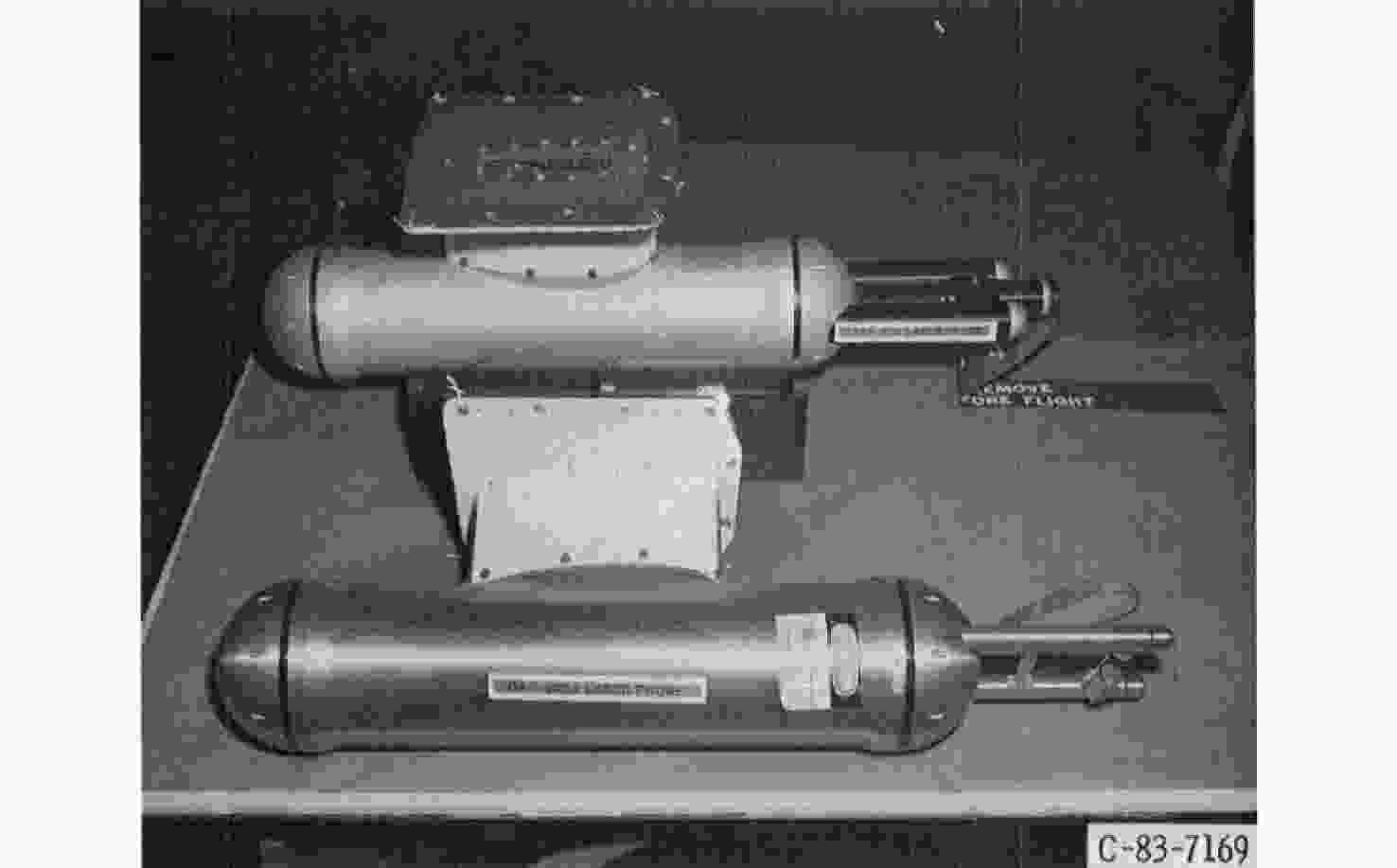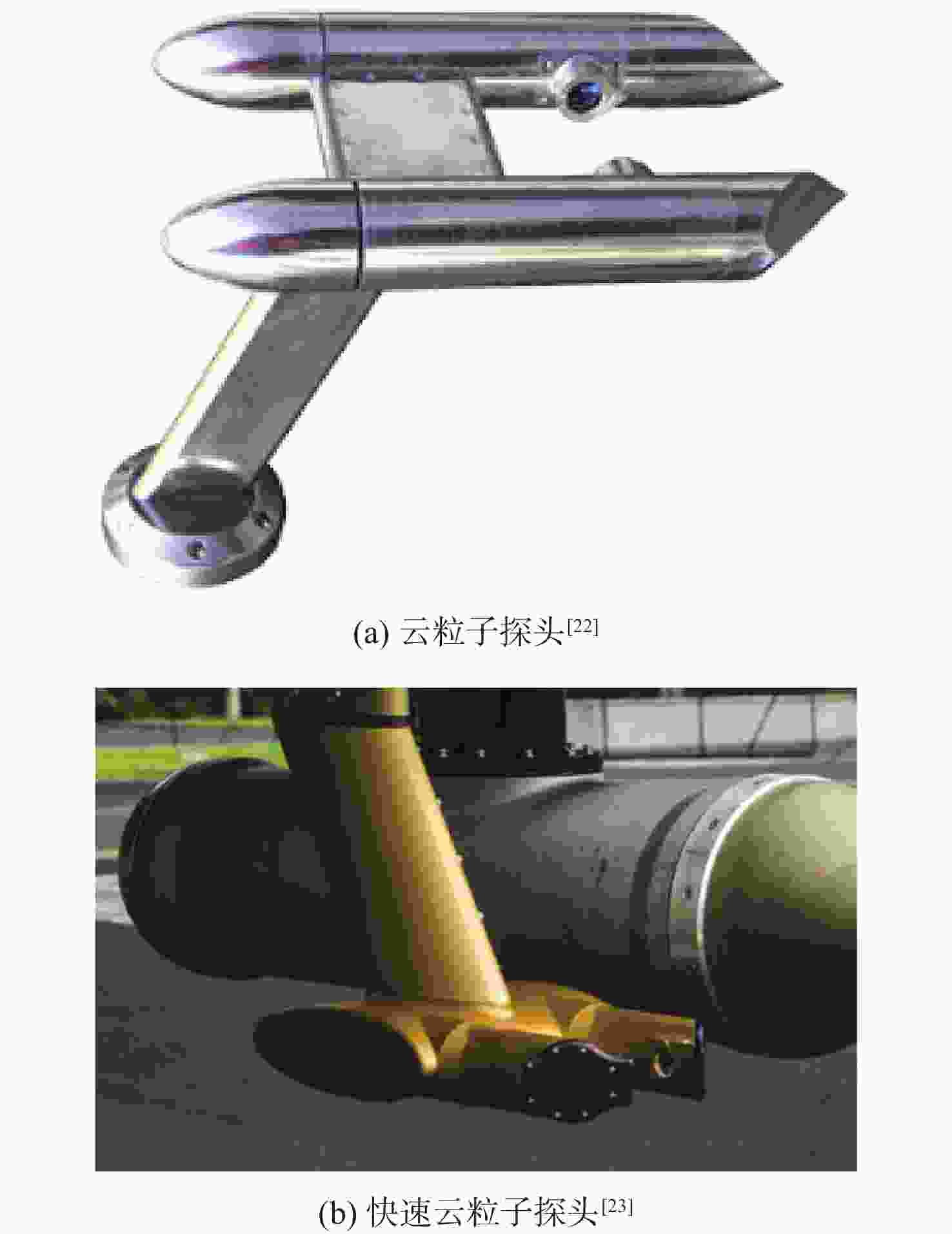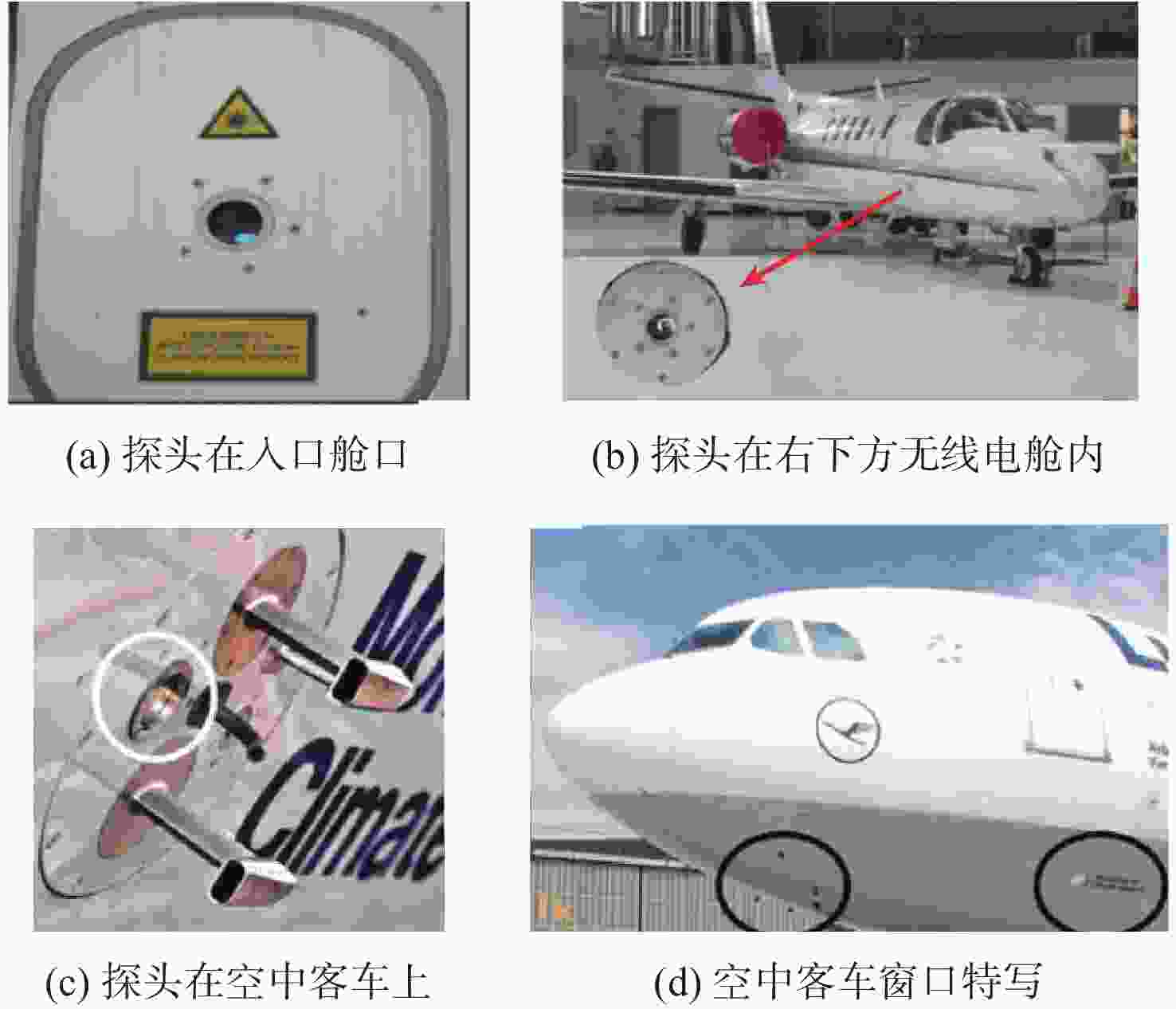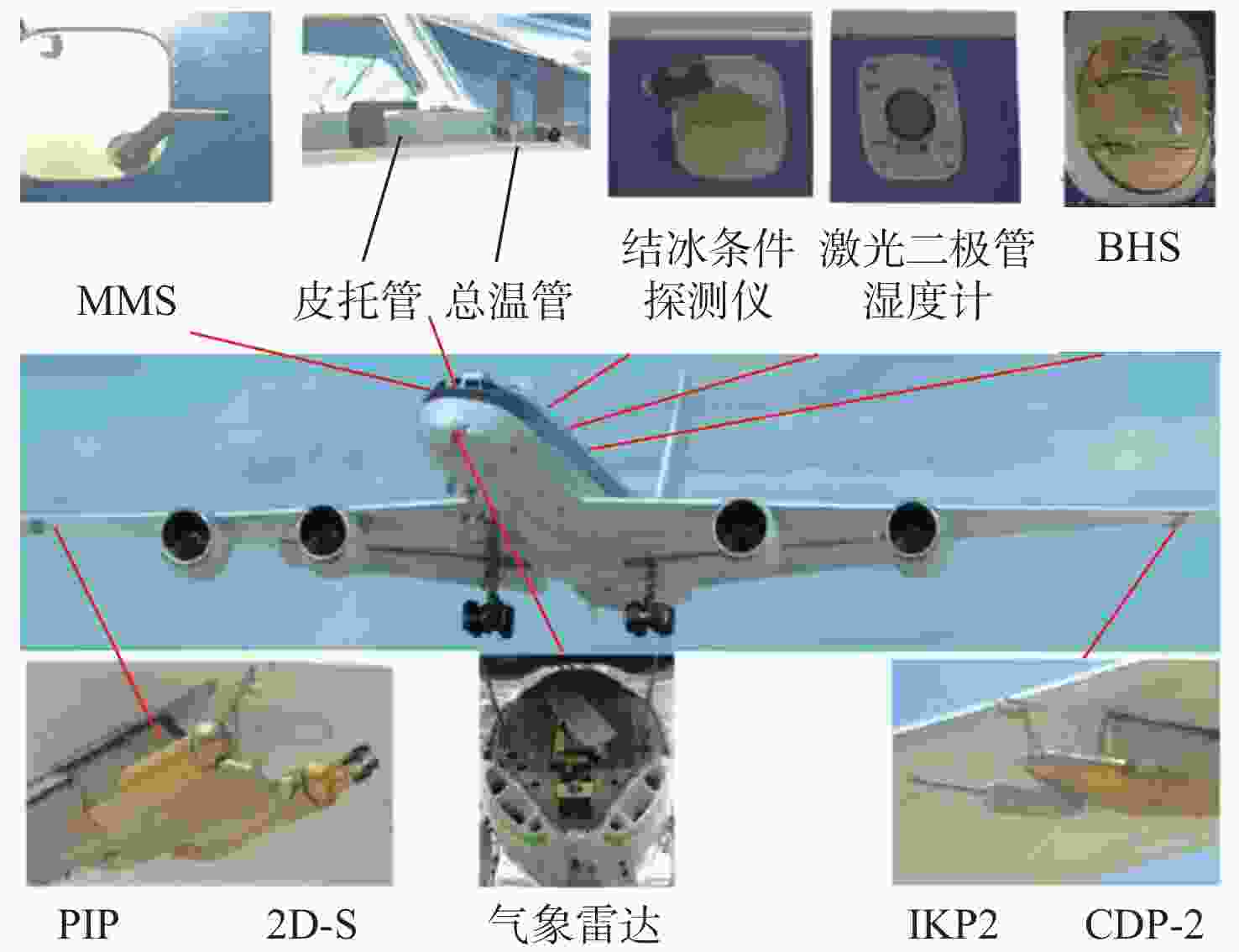-
摘要:
结冰会破坏飞机的气动外形,导致升力下降阻力增加,飞机的操纵性和稳定性下降,严重影响飞行安全。考虑到FAR 25附录C的使用有一定的地区和季节的局限性,同时更多更复杂的结冰环境的发现需要对附录C进行不断地修订,因此,总结和探索气象探测的数据处理方法能够对编制和改进中国的结冰适航审定规章提供指导。介绍附录C的编制背景,总结传统结冰气象探测仪器的测量原理及数据处理方法,重点解释了如何将测量到的气象数据转化为可供查询的包线图;从结冰数据库建立、提升仪器测量精度、无人机防冰3方面给出当前面临的挑战与未来发展趋势,从而为气象探测技术的发展和未来发展方向提供科学的指导。
Abstract:Icing can change the shape of the airplane, decrease the lift, and increase the drag. The maneuverability and stability of the airplane are crippled, which severely threatens the flight safety. The application of Appendix C is restricted by regional and seasonal limitations. In addition, a more complex icing condition has been discovered recently and thus Appendix C needs to be consistently revised. This report can provide instructions for the compilation and improvements of China's icing airworthiness regulations. This study introduces the methods for data postprocessing, the mechanism of the conventional icing meteorological detection sensors, and the creation of the FAR 25 Appendix C. Appendix C provides a detailed explanation of how the plots were derived from the meteorological detection data. Finally, the current challenges and future development trends are presented from three aspects: the establishment of icing databases, improving the measurement accuracy of instruments, and anti-icing of unmanned aerial vehicles, thus providing scientific guidance for the development and future direction of meteorological detection technology.
-
Key words:
- FAR25 Appendix C /
- icing /
- meteorological detection /
- data processing /
- anti-deicing
-
气象类型 归类 水平飞行
距离/km持续时间/min
(V=80 m/s)含水量 适用飞机部位 类型I 瞬时 0.8 0.17 非常高 发动机进气道 类型II 连续 4.8 1 高 发动机进气道、风挡及其他需要
保持清晰视野的部件类型III 连续 连续飞行 较长 适中 飞机机翼和尾翼 类型IV 冰雨 160.9 30 雨滴较大,温度接近冰点,但是空气总体含水量低 机身上用于测量飞行速度的皮托管等 -
[1] LONG T. Analysis of weather-related accident and incident data associated with section 14 CFR part 91 operations[J]. Collegiate Aviation Review International, 2022, 40(1): 25-39. [2] ALUN R J, LEWIS W. Recommended values of meteorological factors to be considered in the design of aircraft ice-prevention equipment: NACA-TN-1855[R]. Washington, D. C.: National Aeronautics and Space Administration, 1949. [3] REGULATIONS F A. Part 25-Airworthiness standards: transport category airplanes Appendix C: 4080-29-FR-18291[R]. Washington, D. C.: Federal Aviation Administration, 1965. [4] JECK R K. Icing design envelopes (14 CFR Parts 25 and 29, Appendix C) converted to a distance-based format: DOT/FAA/AR-00/30 [R]. Washington, D. C.: Federal Aviation Administration, 2002. [5] JECK R. Converting appendix C to other variables: DOT/FAA/AR-00/30 [R]. Warrendal: SAE International, 2003. [6] JECK R K. A history and interpretation of aircraft icing intensity definitions and FAA rules for operating in icing conditions: DOT/FAA/AR-01/91 [R]. Washington, D. C.: Federal Aviation Administration, 2001. [7] Federal Aviation Administration. AC 25.1419-1A - certification of transport category airplanes for flight in icing conditions: 25.1419-1A [R]. Washington, D. C.: Federal Aviation Administration, 2002. [8] 季发明, 黄子彰, 浅析飞机适航规章FAR25第121修正案[J], 黑龙江省政法管理干部学院学报, 2015, 26: 66.JI F M, HUANG Z Z. A brief analysis of the aircraft airworthiness regulation FAR25 amendment to 121[J]. Journal of Heilongjiang Provincial Political and Legal Management Cadre College, 2015, 26: 66(in Chinese). [9] LEWIS W. A flight investigation of the meteorological conditions conducive to the formation of ice on airplanes: NACA-TN-1393[R]. Washington, D. C.: National Advisory Committee for Aeronautics, 1947. [10] LANGMUIR I, BLODGETT K. Mathematical investigation of water droplet trajectories: 5418[R]. Champaign: University of Illinlis at Urbana-Champaign, 1946. [11] IDE R. Comparison of liquid water content measurement technquies in an icing wind tunnel: DTIC ADA371598[R]. Washington, D. C.: National Aeronautics and Space Administration, 1999. [12] HILL E. Overview of federal aviation administration aviation safety research for aircraft icing[C]//Proceedings of the 44th AIAA Aerospace Sciences Meeting and Exhibit. Reston: AIAA, 2006. [13] HACKER, P T, ROBERT G D. A summary of meteorological conditions associated with aircraft icing and a proposed method of selecting design criterions for ice-protection equipment: NACA-TN-2569[R]. Washington, D. C.: National Advisory Committee for Aeronautics, 1951. [14] LEWIS W, NORMAN R B. A probability analysis of the meteorological factors conducive to aircraft icing in the United States: NACA-TN-2738[R]. Washington, D. C.: National Advisory Committee for Aeronautics, 1952. [15] IDE R F, PAUL RICHTER G. Comparison of icing cloud instruments for 1982-1983 icing season flight pro gram: A82-16098[R]. Washington, D. C.: National Aeronautics and Space Administration, 1984. [16] BRUN R J, LEWIS W, PERKINS P J, et al. Impingement of cloud droplets on a cylinder and procedure for measuring liquid-water content and droplet sizes in supercooled clouds by rotating multicylinder method: NACA-TR-1215 [R]. Washington, D. C.: National Advisory Committee for Aeronautics, 1955. [17] LEWIS W, PORTER J P, RINALDO J B. Procedure for measuring liquid-water content and droplet sizes in supercooled clouds by rotating multicylinder method: NACA-RM-E53D23[R]. Washington, D. C.: National Advisory Committee for Aeronautics, 1953. [18] LEWIS W, DWIGHT B K, CHARLES P S. A further investigation of the meteorological conditions conducive to aircraft icing: NACA-TN-1424[R]. Washington, D. C.: National Advisory Committee for Aeronautics, 1947. [19] ALBRECHT H E, BORYS M, DAMASCHKE N, et al. LaserDoppler and phase Doppler measurement techniques[M]. Berlin: Springer, 2003. [20] ESPOSITO B, MARRAZZO M. Application of PDPA system with different optical configuration to the IWT calibration[C]//Proceedings of the 45th AIAA Aerospace Sciences Meeting and Exhibit. Reston: AIAA, 2007. [21] RUDOFF R E, BACHALO W, OLDENBURG J, et al. Liquid water content measurements using the phase doppler particle analyzer in the NASA lewis icing research tunnel: AIAA PAPER 93-0298 [R]. Reston: AIAA, 1993. [22] 陈舒越, 郭向东, 王梓旭, 等. 结冰风洞过冷大水滴粒径测量初步研究[J]. 实验流体力学, 2021, 35(3): 22-29.CHEN S Y, GUO X D, WANG Z X, et al. Preliminary research on size measurement of super-cooled large droplet in icing wind tunnel[J]. Journal of Experiments in Fluid Mechanics, 2021, 35(3): 22-29(in Chinese). [23] GLIENKE S, MEI F. Fast cloud droplet probe (FCDP) instrument handbook: DOE/SC-ARM-TR-238[R]. Washington, D. C.: United States Department Energy, 2020. [24] FABER S, FRENCH J R, JACKSON R. Laboratory and in-flight evaluation of measurement uncertainties from a commercial cloud Droplet probe (CDP)[J]. Atmospheric Measurement Techniques, 2018, 11(6): 3645-3659. doi: 10.5194/amt-11-3645-2018 [25] MASON J, STRAPP W, CHOW P. The ice particle threat to engines in flight[C]//Proceedings of the 44th AIAA Aerospace Sciences Meeting and Exhibit. Reston: AIAA, 2006. [26] REEHORST A, BRINKER D, POLITOVICH M, et al. Progress towards the remote sensing of aircraft icing hazards[C]//Proceedings of the Remote Sensing Applications for Aviation Weather Hazard Detection and Decision Support. Bellingham: SPIE, 2008. [27] VIVEKANANDAN J, ZHANG G, POLITOVICH M K. An assessment of droplet size and liquid water content derived from dual-wavelength radar measurements to the application of aircraft icing detection[J]. Journal of Atmospheric and Oceanic Technology, 2001, 18(11): 1787-1798. doi: 10.1175/1520-0426(2001)018<1787:AAODSA>2.0.CO;2 [28] RATVASKY T, HARRAH S, STRAPP J W, et al. Summary of the high ice water content (HIWC) RADAR flight campaigns: DOT/FAA/TC–19/28[R]. Warrendal: SAE International, 2019. [29] ZOLLO A L, BUCCHIGNANI E. A Tool for remote detection and nowcasting of in-flight icing using satellite data[C]//Proceedings of the International Conference on Icing of Aircraft, Engines, and Srrucetukes. Warreadale: SAE International, 2023. -







 下载:
下载:


